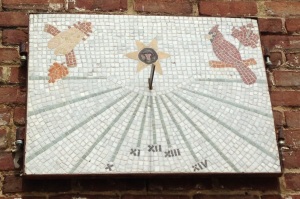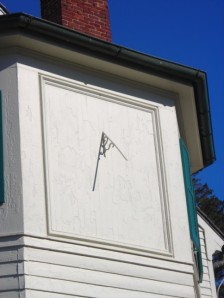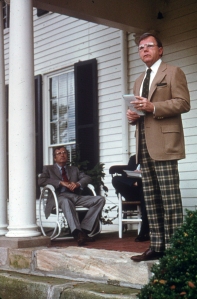
MWC president Prince Woodard giving remarks at Belmont’s opening day on Oct. 19, 1975. Director Dick Reid is sitting.
On October 19, 1975, Mary Washington College President Prince Woodard presided over the public opening of the Gari Melchers Memorial Gallery, making the artist’s Belmont home and painting studio available to the public on a regular schedule for the first time.
The opening of the museum took over twenty years to accomplish, in the face of numerous governance decisions by the Virginia General Assembly, the Virginia Museum of Fine Arts, the University of Virginia and finally Mary Washington College, all of which had involvement in the winding road of acceptance and implementation of Corinne Melchers’ wishes as outlined in her 1942 gift to the Commonwealth, which was effective at her death in 1955.
 Gari and Corinne Melchers purchased Belmont in 1916, finding a pleasant country retreat similar to what they had enjoyed for many years in Egmond, Holland, where Gari was able to concentrate on his work away from the distractions of Paris, where his professional life was centered. After leaving Europe during the turmoil of the war years, Gari established a studio in New York City, but again longed for a rural retreat that he found at Belmont.
Gari and Corinne Melchers purchased Belmont in 1916, finding a pleasant country retreat similar to what they had enjoyed for many years in Egmond, Holland, where Gari was able to concentrate on his work away from the distractions of Paris, where his professional life was centered. After leaving Europe during the turmoil of the war years, Gari established a studio in New York City, but again longed for a rural retreat that he found at Belmont.
During his sixteen years in Virginia, Gari Melchers involved himself in the cultural life of his adopted state, eventually being named chair of the Virginia Arts Commission in 1932. From that post he oversaw the refurbishment of the state capitol building decorations and statuary, and began the development of what was to become the Virginia Museum of Fine Arts. After his death later that year, Corinne was appointed to his position on the commission and became one of the founding trustees of the VMFA when it opened in 1935. She had developed a close relationship with Thomas Colt, the museum’s first curator and director, and spurred by a VMFA memorial exhibition of Gari’s work in 1938, by 1942 had worked out a plan to deed Belmont and its collections to the museum at her death.

By the time of Corinne’s passing in 1955, and the subsequent transfer of the property and art collections to the Commonwealth, the administration of the VMFA and the reputation of Gari Melchers in art circles had changed considerably. No longer was Melchers considered an important American artist, and his Falmouth home had become run down and in need of major repairs. The VMFA board almost immediately sought to be relieved of the burden of supporting what they saw as a white elephant fifty miles from Richmond. Fredericksburg’s Mary Washington College, then part of the University of Virginia, was approached and accepted the responsibility for overseeing the site, but could not provide funding for either staff or major improvements that would allow public use. It was not until 1975, under a new college administration that was committed to opening the site as a public museum, that Corinne’s wishes were finally carried out.
Since that autumn day forty years ago, the museum now known as Gari Melchers Home and Studio has kept alive Mrs. Melchers’ goal of preserving and celebrating the now revived artistic legacy of her accomplished husband, and providing a public setting in which to enjoy his art and the historic locale that they so lovingly maintained.
In the early years under Belmont’s first director, Richard Reid, only the first floor of the house and the studio were open a few days a week, staffed by volunteers. In 1984, under the guidance of Reid, an important illustrated reference book, Gari Melchers: His Works in the Belmont Collection, was published by MWC professor Joseph Dreiss. By the mid-1980s hours had expanded to seven days a week, and Reid’s successor Peter Grover leveraged state and private funds to restore the original house and modernize the utilities to both preserve the collections and increase the comfort of visitors. It was at this time that a major retrospective exhibition of Gari Melchers’ best work traveled the country, reviving public and critical interest in his place in American painting.

In the early 90s, under current director David Berreth, the formal gardens were restored with the help of the Garden Club of Virginia, which has continued to support the restoration of the estate’s landscape based on the voluminous photographs and records saved by Mrs. Melchers. In 1995 a former garage was converted into a visitor center and museum shop to welcome guests and increase revenues. The building now also serves as the official Stafford County Visitor Center, promoting regional tourism and the study of local history.
By 2001 the original studio building was fully restored to provide a safe, climate controlled facility in which to house a rotating display over 500 works by Gari Melchers. This thoroughly professional venue allows the museum to borrow major works and exhibitions from other museums around the country. And in 2006 a new public event pavilion and collection storage facility was completed, allowing the museum to host a wide variety of public educational programs, concerts, and workshops, along with private events like wedding receptions and business retreats. All of this work was accomplished through combinations of private and state funding, which demonstrated the depth of support from the now University of Mary Washington, and a cadre of local donors and private foundations focused on historic preservation.
Today, Gari Melchers Home and Studio hosts visitors from every corner of the world, and is a regular stop for local residents and regional guests. Corinne Melchers’ dream has been realized, and we celebrate her vision and dedication to art and its ability to endure and inspire, as it has for over forty years on the hill overlooking Falmouth.



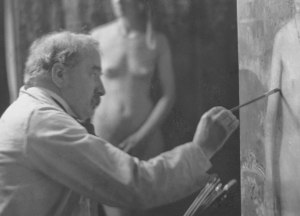
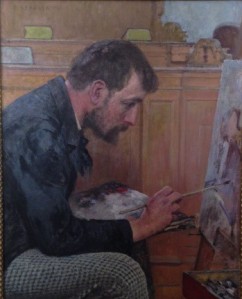

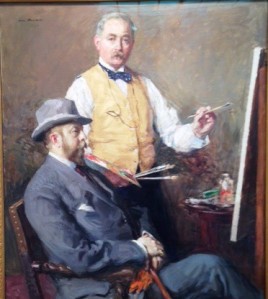 The one image that seems to confuse visitors is the painting currently on loan to Belmont from the Metropolitan Museum of Art, In the Studio, Hugo Reisinger and Gari Melchers. In this painting, Gari seems to be painting with his left hand. However, we must realize that he painted himself while looking in a mirror! Thus the orientation is reversed, as it is in all self-portraits painted from life (as opposed to using a photograph, which would show the correct orientation).
The one image that seems to confuse visitors is the painting currently on loan to Belmont from the Metropolitan Museum of Art, In the Studio, Hugo Reisinger and Gari Melchers. In this painting, Gari seems to be painting with his left hand. However, we must realize that he painted himself while looking in a mirror! Thus the orientation is reversed, as it is in all self-portraits painted from life (as opposed to using a photograph, which would show the correct orientation).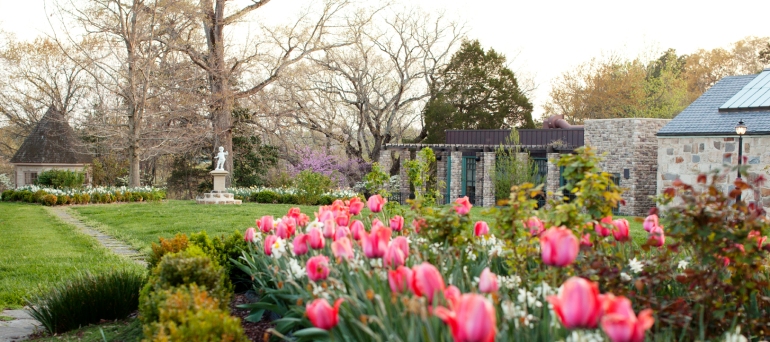
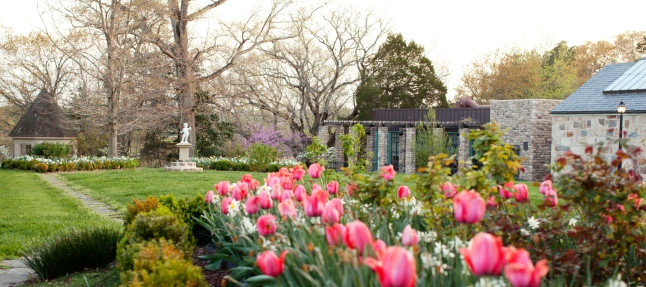 Springtime has always been a magical time at Belmont. The gardens are always at their peak around Easter, and Corinne Melchers made sure that her plantings were both colorful and plenty. With the help of the
Springtime has always been a magical time at Belmont. The gardens are always at their peak around Easter, and Corinne Melchers made sure that her plantings were both colorful and plenty. With the help of the 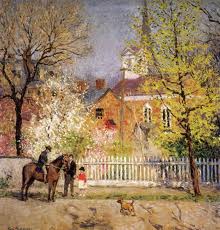
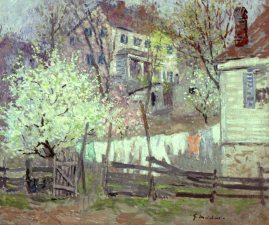

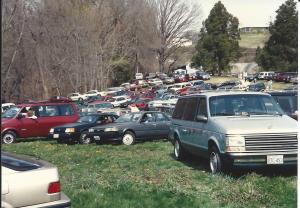 During the last few years we have hosted a free community spring open house, attracting up to 500 visitors each year. But that number pales when compared to the largest crowd ever to overwhelm Belmont – our 1992 Easter Egg Hunt.
During the last few years we have hosted a free community spring open house, attracting up to 500 visitors each year. But that number pales when compared to the largest crowd ever to overwhelm Belmont – our 1992 Easter Egg Hunt.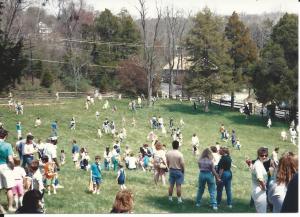 We estimated a turn-out of a couple of hundred children and their families. But bright sunshine and 90 degree temperatures brought out the hordes. The final count was over 700 children and another 1500 adults on the property, and monumental traffic jams on Route 17 and Washington Street. Hundreds more were turned away, and we ran out of eggs (Beware the wrath of a mother whose child did not find an egg!). But we shared Belmont and the Melcherses’ Easter tradition with guests who still remember that day when they visit now with their own families (especially if they found an egg).
We estimated a turn-out of a couple of hundred children and their families. But bright sunshine and 90 degree temperatures brought out the hordes. The final count was over 700 children and another 1500 adults on the property, and monumental traffic jams on Route 17 and Washington Street. Hundreds more were turned away, and we ran out of eggs (Beware the wrath of a mother whose child did not find an egg!). But we shared Belmont and the Melcherses’ Easter tradition with guests who still remember that day when they visit now with their own families (especially if they found an egg).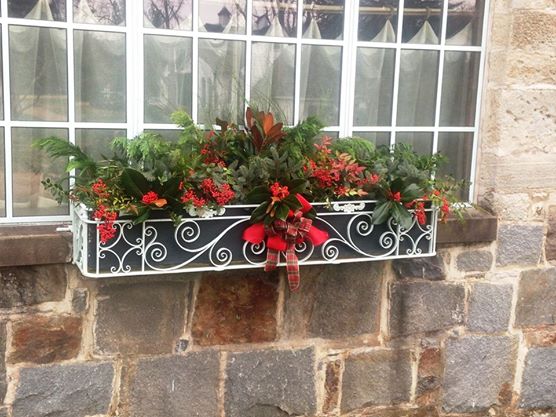
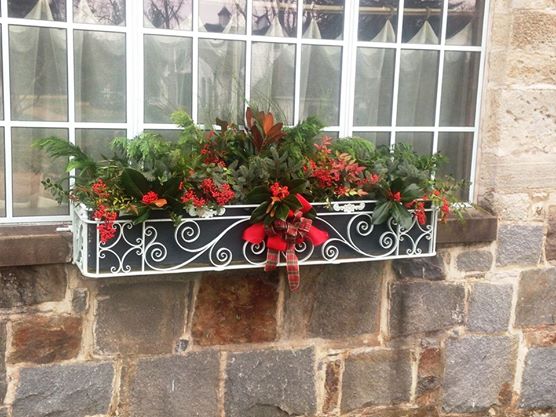


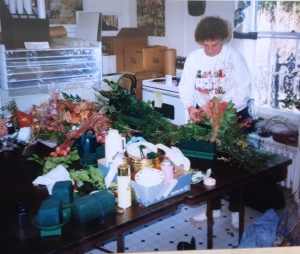
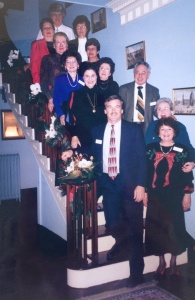
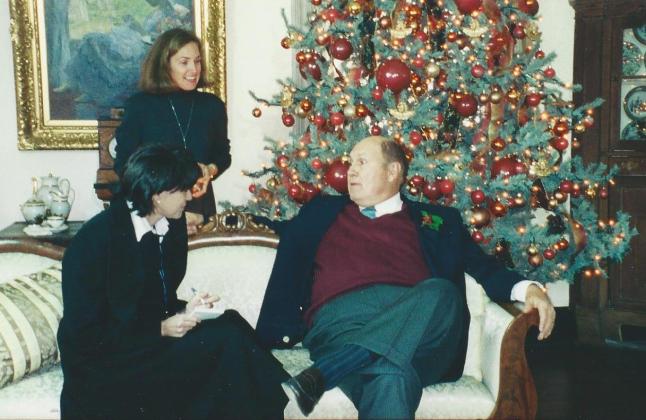
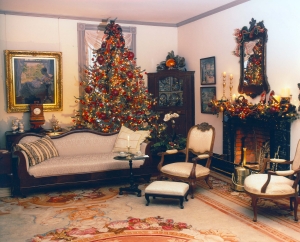

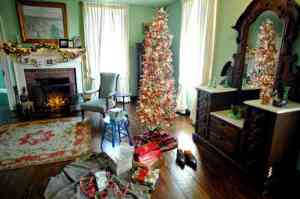
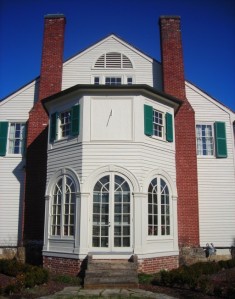 During my periodic Director’s Tours and when I’m helping out with regular tours, visitors often ask me what that thing is mounted on the outside wall of the sun porch. Most correctly guess that it is some sort of sundial, but no-one has been able to describe how it works. So after a little research here is the answer.
During my periodic Director’s Tours and when I’m helping out with regular tours, visitors often ask me what that thing is mounted on the outside wall of the sun porch. Most correctly guess that it is some sort of sundial, but no-one has been able to describe how it works. So after a little research here is the answer.
